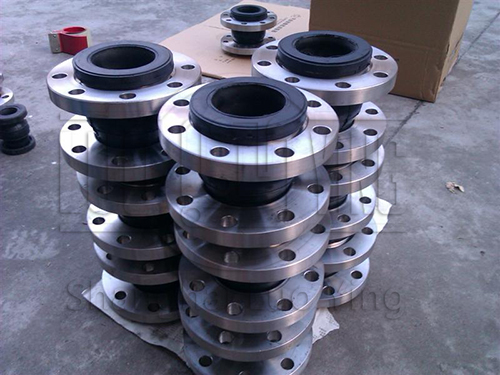The lifespan of a rubber joint
Aug-25-19
Rubber joints are an important component used for pipe connections, primarily designed to connect pipes made of different materials, with different diameters, or of different shapes. They offer excellent pressure resistance, corrosion resistance, and wear resistance.Rubber joints are an important component used in pipeline connections, primarily for connecting pipes of different materials, diameters, or shapes. They offer excellent pressure resistance, corrosion resistance, and wear resistance.
However, due to prolonged exposure to corrosive media and external forces, rubber joints may experience issues such as aging, cracking, or deformation, necessitating timely replacement. How often should rubber joints be replaced?
This depends on the following factors: 1. Operating environment: The operating environment significantly impacts the service life of rubber joints. If pipelines operate in harsh conditions such as high temperatures, high pressure, or corrosive media, the service life of rubber joints will be significantly reduced.
2. Material quality: The quality of the rubber material used in rubber joints also affects their service life. If low-quality rubber materials are used, they are more prone to ageing, cracking, and deformation, requiring more frequent replacement.
3. Usage frequency: The usage frequency of the rubber joint also affects its lifespan. If the pipeline is used frequently, the wear and ageing of the rubber joint will accelerate.
4. Maintenance and inspection: The maintenance and inspection of the rubber joint also affect its lifespan. Regular cleaning, lubrication, and inspection can extend the lifespan of the rubber joint.


